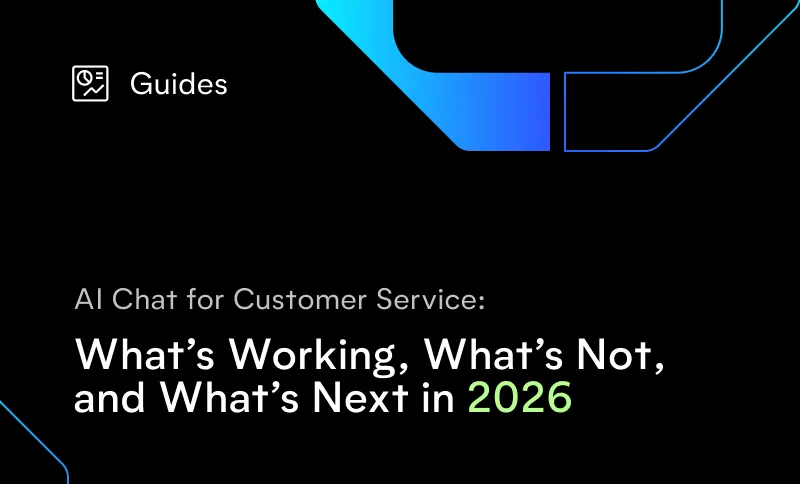
At its core, IT has always been a customer service department. But now more than ever, those customers are more likely to be external than internal.
According to a recent Gartner survey, improving customer experience is now the most critical enterprise outcome CIOs hope to see from technology investments, outpacing margin improvement, compliance and asset utilization.
“Creating an amazing customer experience creates loyalty, branding and reputation that you just can't buy,” says Harry Moseley, former CIO of Zoom. “If I was the CIO in a consumer company today, I would be making sure I have not just an amazing product, but an amazing customer experience.”
Combined with the fact that 70% of CIOs view generative AI as a game-changing technology (and more than half say they’ll deploy it in the next 24 months), it’s clear that many IT leaders will play a pivotal role in how enterprises apply solutions to improve CX. .
Here are four considerations every CIO and IT team should keep in mind when collaborating with CX leaders to use AI for customer service.
To build or to buy?
The rapid advancement of AI has already translated to transformative benefits for contact centers. However, the pace of AI innovation also means that achieving similar results with a self-built solution is an increasingly uphill battle.
Those who pursue either building a solution from scratch, using an existing LLM in some capacity, or configuring a DIY solution on their own risk doing more harm to customer experience than good. In addition, they risk overleveraging their own IT resources.
For a department that constantly must make tradeoffs in where they spend their time and budget, developing an AI-powered contact center solution can quickly become a resource-heavy IT project that may never even get off the ground, and never truly ends.
“I’ve got a very strong opinion on this,” says Moseley. “Buy as much as you can, and build as little as you can. Why? Because you can never maintain the investment the same way a provider can. I would much rather buy a CX automation tool than build it because that’s what vendors think about all day, every day. They will always do it exceptionally better than I ever can because they have the resources that I would never have.”
Instead, Moseley recommends that CIOs remain focused on projects that are proprietary to their enterprise, product or service rather than build solutions that already exist in the market.
[video width="350" height="350" mp4="https://www.replicant.com/wp-content/uploads/2024/03/BuildvBuy.mp4"][/video]
Know what you’re solving for
A well-defined problem statement will enable you to select the right AI solution and measure the effectiveness of your initiatives. In the contact center, this problem statement often boils down to a lack of capacity. Service leaders either don’t have the budget to hire enough agents, can’t retain enough agents, or can’t staff for unpredictable customer demand. In any of these scenarios, customer satisfaction suffers.
As an IT leader, it’s critical that you evaluate AI for what it’s now capable of. That is, naturally resolving customer issues end-to-end, at scale, over any channel. A common strategy misstep is to leverage AI for tasks such as assisting agents to make them more productive, routing callers differently, or improving incumbent solutions like IVRs or chatbots.
While AI can, and should, be used to impact all of these areas, only end-to-end resolution truly offloads significant call volumes from agents while improving the customer experience. By focusing primarily on the full automation of customer requests, you’ll see the highest net savings and the largest impact on your CX organization’s root challenges.
Leverage your contact center’s data
CIOs are no stranger to making data-driven decisions. By using your contact center’s data to identify the best use cases for AI, you’ll be able to zero in on measurable business outcomes and evaluate solutions more effectively. At Replicant, the same AI brain that powers our contact center automation platform is used to perform a call assessment, making this process faster and more predictive.
Once provided with a subset of real customer calls, the tool analyzes data to show where your contact center’s agents currently spend the most time and identify high-volume call flows that can be automated with a high resolution rate. More importantly, it assesses the savings you can expect by doing so based on your service department’s current costs. A call assessment makes it easy to tie the impact of resolution rate directly to business goals like net hiring savings, average hold times, CSAT and your contact center’s ability to meet SLAs.
Develop a strategy that minimizes IT resources
Despite the fact that CIOs are focused on external customers today more than ever, their key priorities are largely unchanged. Security, resourcing and digital transformation are still critical. As you develop an AI roadmap alongside customer service leaders, understand that your strategy can directly contribute to all three of these areas – not detract from them.
Replicant’s approach to implementation is designed to minimize IT resources and maximize security. Our platform goes live in as little as 12 weeks, with only a week’s worth of time requiring IT involvement. This timeline includes project planning, discovery and design, telephony and integrations, solution development, and testing.
More importantly, stringent, battle-tested guardrails ensure AI conversations never stray from your predefined business rules while adhering to global security standards including PCI, GDPR and HIPAA compliance.
For CIOs, a prudent strategy for implementing AI in the contact center is one that ensures your team remains well positioned to meet their core objectives enterprise-wide. From the moment you begin exploring solutions to long after you’ve deployed AI, IT leaders are key to developing a strategy that is secure, scalable, low maintenance and proven to deliver the same impact to your business as it does your customers.



.svg)


